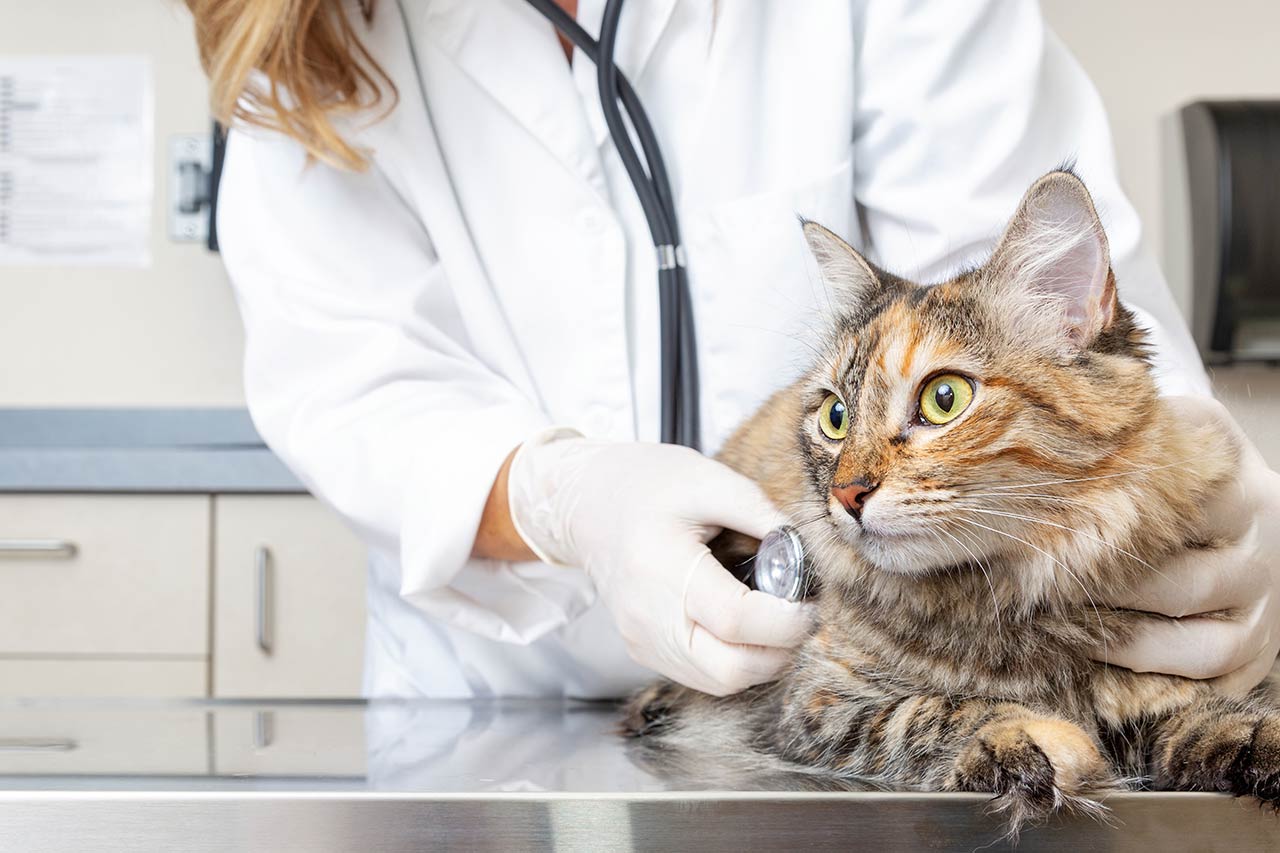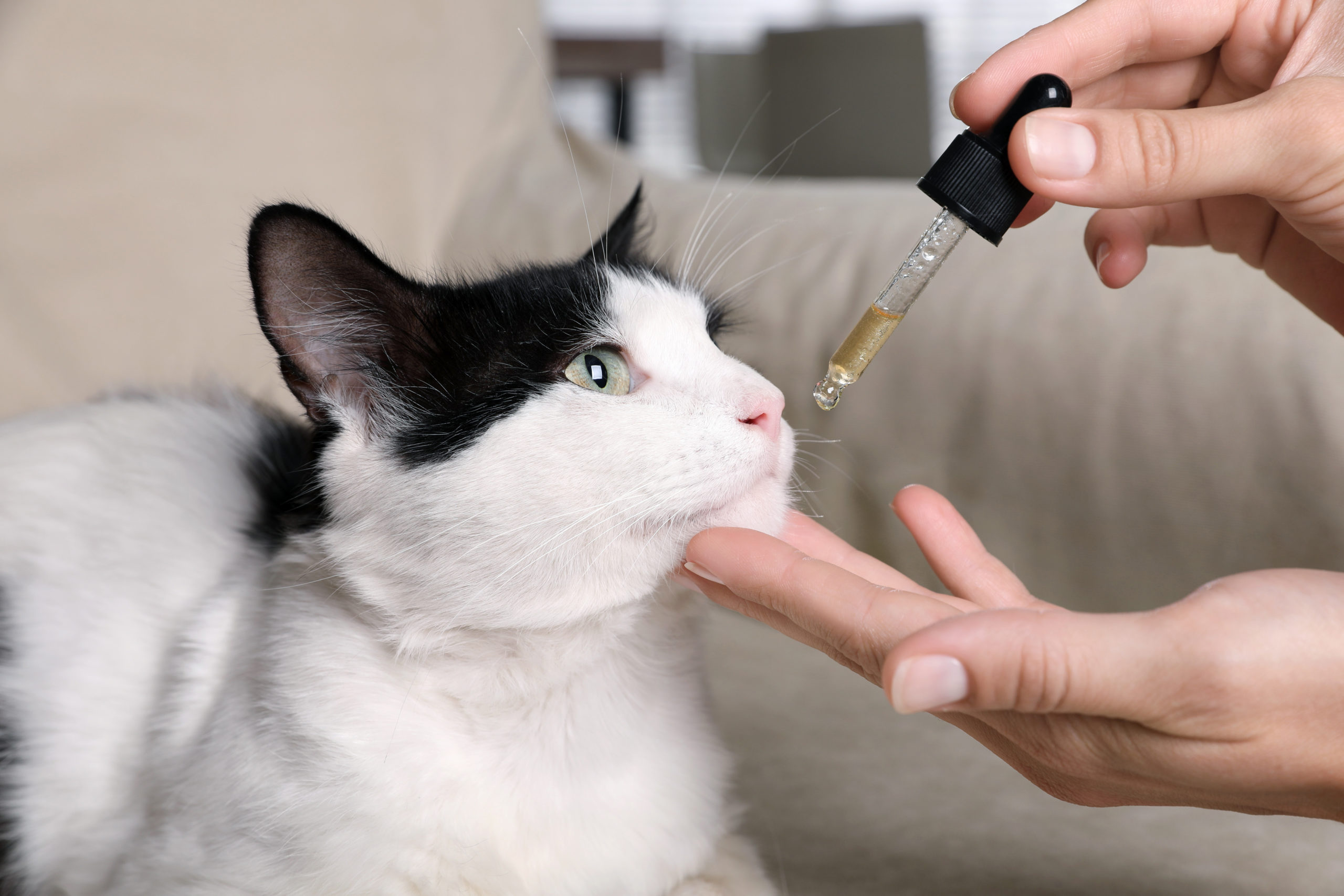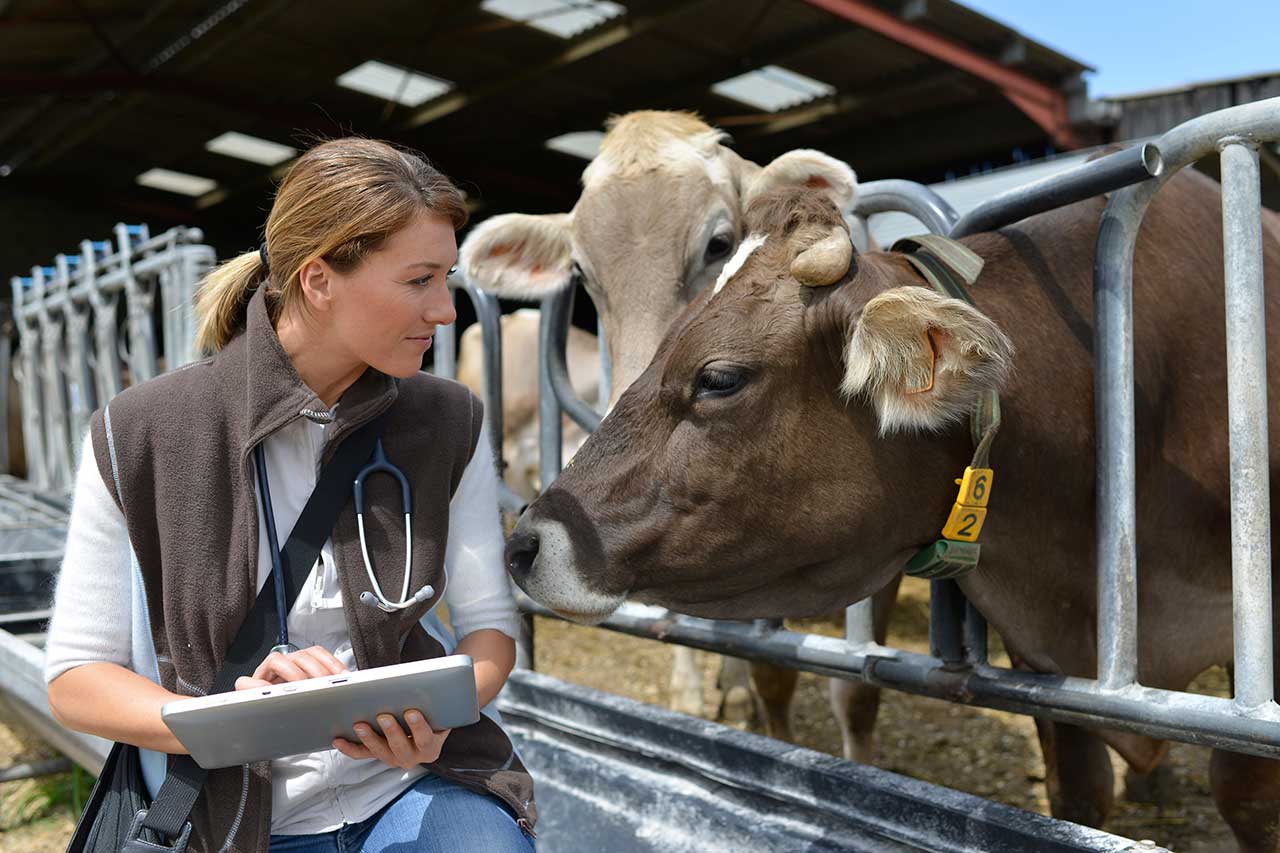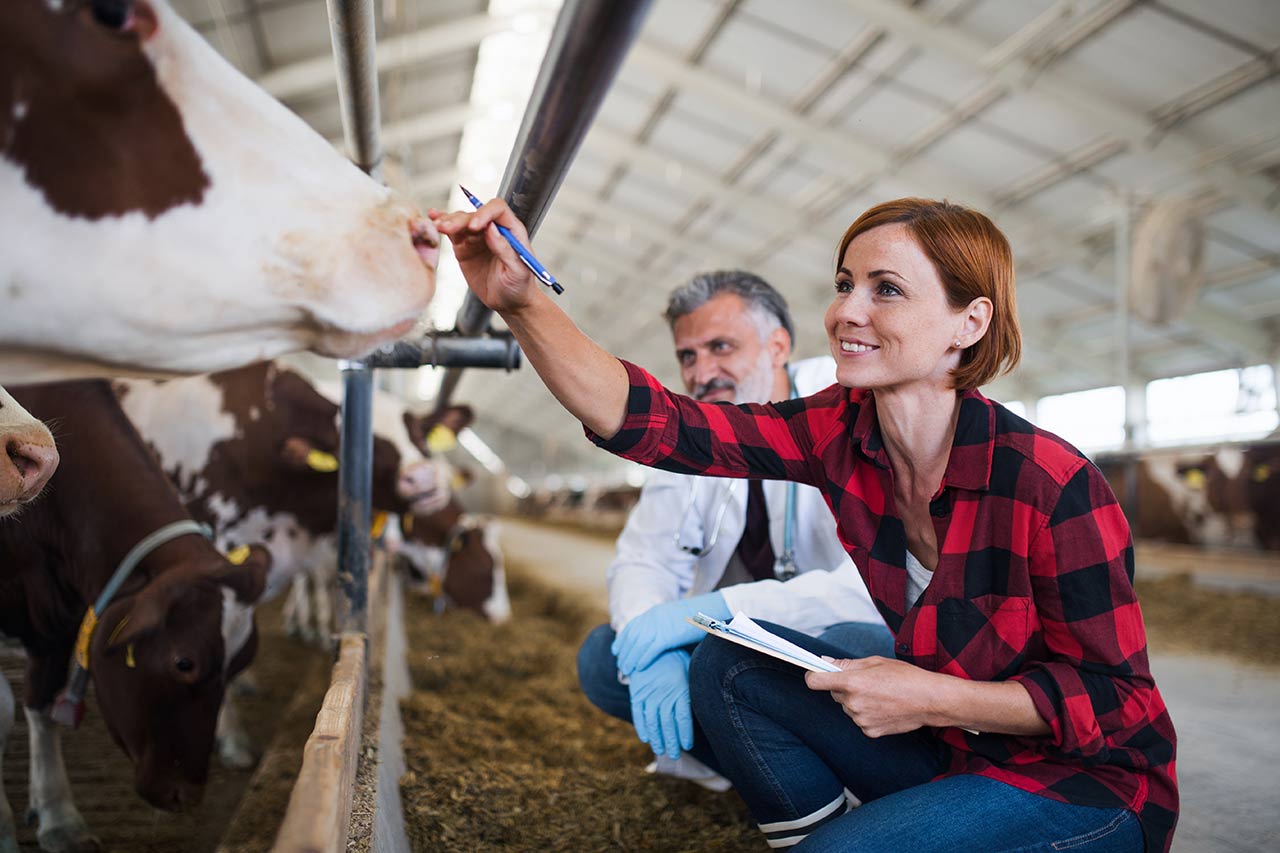What is stem cell therapy?
Stem cell therapy describes the use of stem cells to treat or prevent a disease or a condition by using their ability to differentiate into specific cell types. Nowadays, a handful of adult stem cell types are in use to treat certain indications in animals like canines, felines, and equines. Since the adult stem cells can only develop into a certain amount of different cell types, the number of indications treated today is mostly focused on osteoarthritis and joint diseases.
Today we can distinguish three different types of stem cell technologies: autologous, allogeneic, and xenogeneic. The key difference between the three technologies is the origin (donor) of the stem cells.
- In the autologous technology, stem cells are extracted from the patient him/herself and injected back into the same patient.
- In the allogeneic technology, stem cells are extracted from a donor and injected into many patients belonging to the same species.
- Lastly, within the xenogeneic technology, stem cells from a donor are extracted and injected into many patients which do not belong to the same species.
Trends in stem cell technology types: what to expect?
In the few last years, more and more scientific publications and field trials appeared to show the possibility of different types of adult stem cells, like MSC secretomes (lab-stage), ASCs, ci-MSCs, UCs, to treat more indications than the classic osteoarthritis, as for example indications like gingivostomatitis and chronic kidney diseases in felines, or chronic bowel disease and keratoconjunctivitis sicca in canines. This rise in recent publications and field trials nicely illustrates the new dynamic in the field. Stem cell therapy innovation in animal health is driven by both the use of new and different adult stem cell types and the new developments within the different stem cell technology types.
While the autologous technology has been around for a few years within big veterinary clinics in Europe and the US, only a few allogeneic products, targeting osteoarthritis in equines, have been approved and are available on the European market. However, the allogeneic technology offers some business advantages compared to the autologous technology, like using the economy of scale by providing an off-the-shelf product. Several players are currently seeking to dive into this business field.
On the other hand, the xenogeneic stem cell technology is starting to catch up with new studies publishing proofing regarding the safety and efficacy of the xenogeneic therapy for companion animals. Considering that the xenogeneic technology offers the advantage of the allogeneic stem cell therapy mentioned before, plus gives the opportunity of treating patients from different species, this technology provides the ability to serve a bigger market with just one product. Today only a limited number of start-ups are active in the field, focusing mostly on osteoarthritis in equines and canines, but might catch up to the development of allogeneic technology in the future.
The trends toward a wider variety of different stem cell types being used and first pilot trials on the xenogeneic technology in animals seem to increase expectations for new stem cell therapy products. This progress in animal health could further provide insights for the development of stem cell products for human application, especially for the xenogeneic field, which is still hindered by ethical concerns. All in all, stem cell therapies and especially the xenogeneic technology look interesting from a business and medical/research point of view to develop new products to treat diseases both in animal and human health.
Alcimed will keep on exploring the development of stem cell therapy, so stay tuned! Interested in this subject? Discover our achievements in business development consulting!
About the author
Jasmin, Senior Consultant in Alcimed’s Healthcare team in Germany



